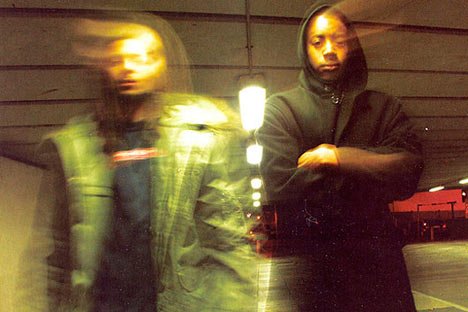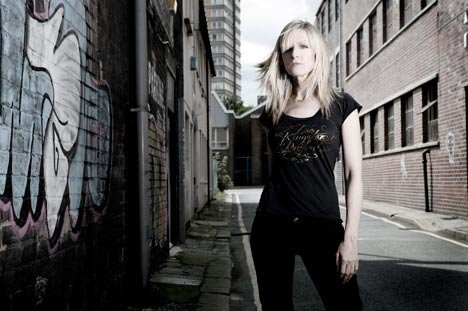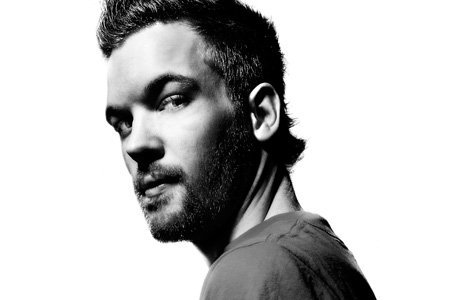
The dubstep sub-genre exploded out of the UK underground and, over the past decade, has infiltrated international mainstream pop. Despite its popularity, the sound is still a bit of a mystery to people who haven’t been following dance music trends closely. To help you fake some expertise at your next dinner party, here’s a condensed history of dubstep.
2000 The term itself had yet to be invented, but you can clearly hear the style’s early rumblings in the sparse instrumental remixes of UK garage tracks by producers like Zed Bias. Essentially, the formula at this point is punishing drum-‘n’-bass-inspired bass lines over slippery breakbeats and dark atmospherics. Basically d’n’b, but slower.

2001 The South London club night Forward> is launched, providing the emerging style’s first home. It functions mainly as a spot for producers to try out new ideas on a loud sound system.

2002 The word “dubstep” starts being used to describe the style, and a cover story in XLR8R magazine helps establish the term and the movement.

2003 Legendary BBC Radio 1 DJ John Peel starts playing dubstep on air, pulling it out of the clubs and pirate radio and into popular culture in the UK.

2004 Pioneering producers like Digital Mystikz start experimenting with a reggae-inspired halftime beat that creates a unique tension against the uptempo, wobbly bass lines. Soon the early 2-step garage rhythms start falling out of fashion.

2005 Dubstep spreads beyond the UK to the rest of the world. In Toronto, Brandon Sek throws a couple of parties but attracts only about 20 people.

2006 BBC Radio 1 DJ Mary Anne Hobbs puts together a special on the genre called Dubstep Warz and begins to champion the sound on air. Some of the bigger names play gigs in Toronto, including intimate appearances by Kode9, Loefah and Skream. A weekly Wednesday night party called Dubslingers launches at Thymeless that’s still running today.

2007 Britney Spears uses that trademark wobble bass sound on the single Freakshow and freaks out the purists. With support from NOW, Toronto parties, though still pretty small, feature soon-to-be-huge names like Rusko, and the energy is undeniable.

2008 Rusko‘s huge hit, Cockney Thug, divides audiences with its noisy, aggressive attitude, laying the groundwork for dubstep’s new populist direction. Purists are annoyed by the lack of subtlety, but the kids love it. Snoop Dogg collaborates with Chase & Status, signalling that the sound could cross over into American urban music.

2009 Dubstep continues to infiltrate mainstream pop, with artists like Rihanna, Eve and La Roux getting in on the action. M.I.A. hires Rusko to help produce her third album, Maya.

2010 Britney Spears enlists Rusko to help on her upcoming album, and judging from the halftime dubstep breakdown in the first single, Hold It Against Me, the sound will be all over the record. In Toronto, the parties are huge and the crowds increasingly young and rowdy. Elements of the style are popping up everywhere, leaving original fans of the genre wondering what happened to their scene. Electro house artists like Deadmau5 and Skrillex score big by borrowing the wobble bass sound and bouncing between tempos, while the purists cry into their beer.












